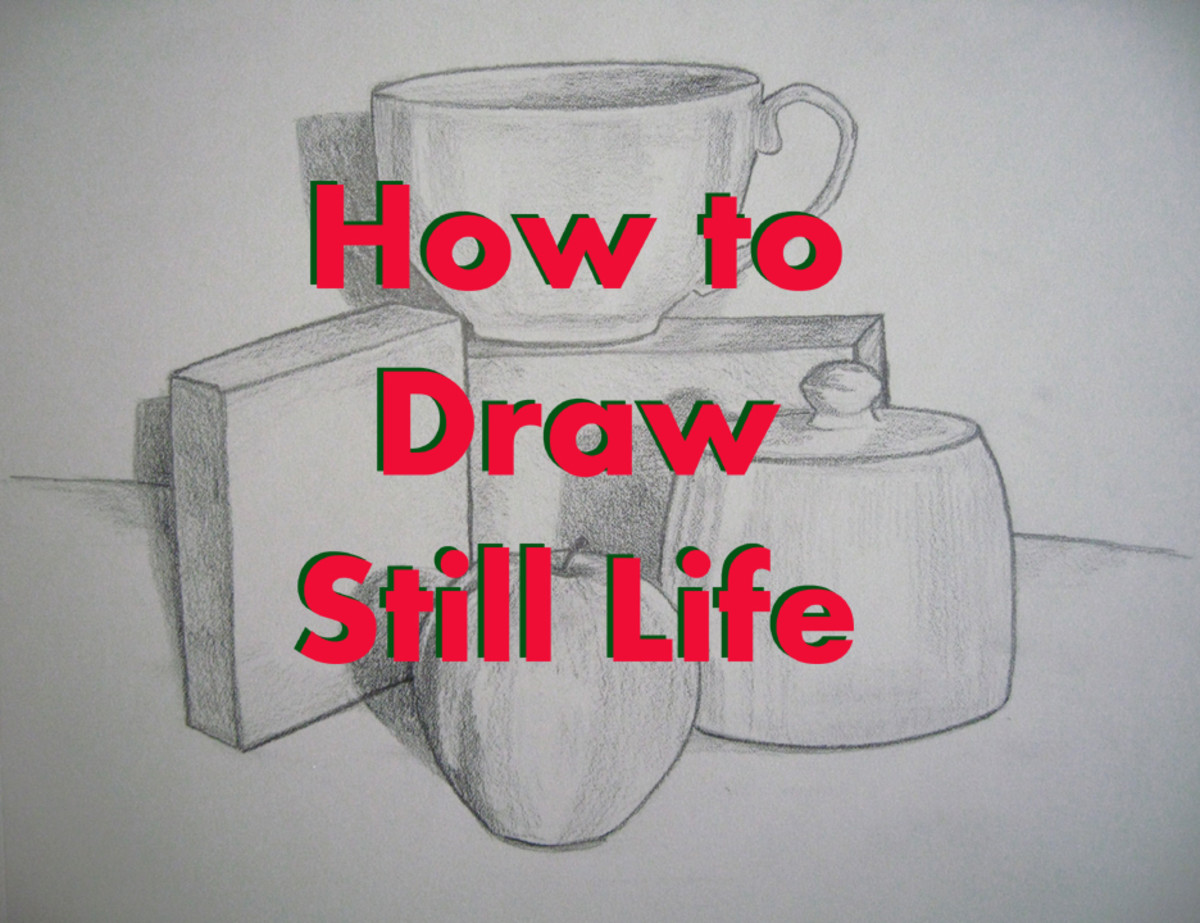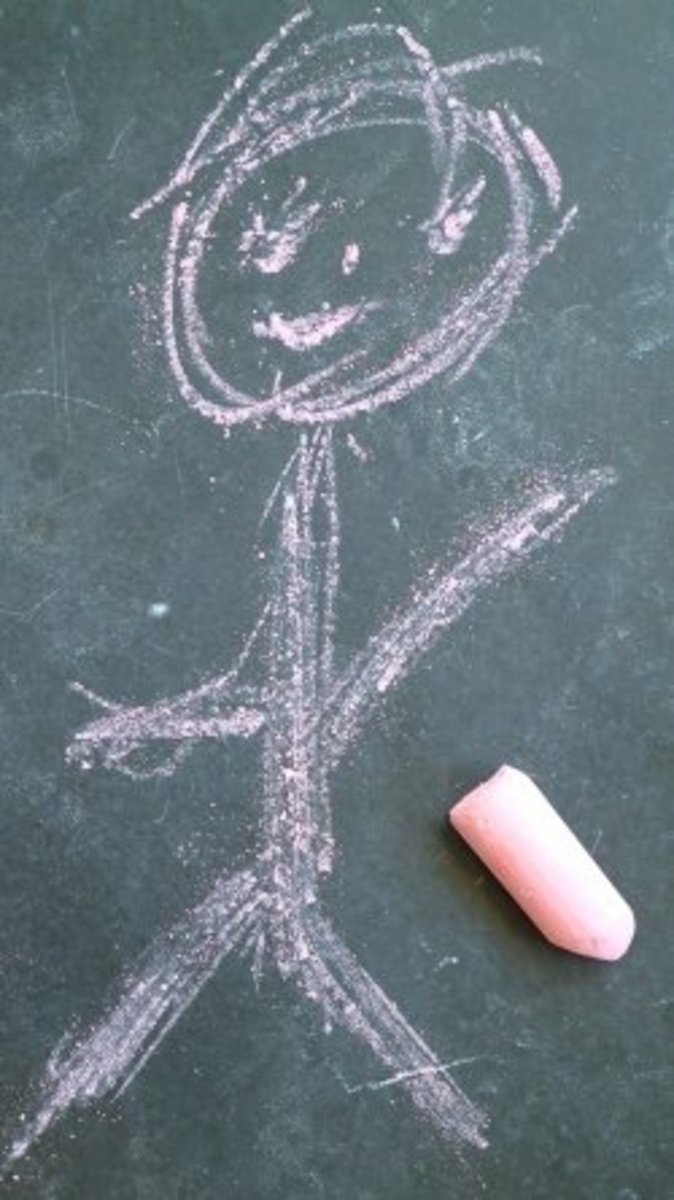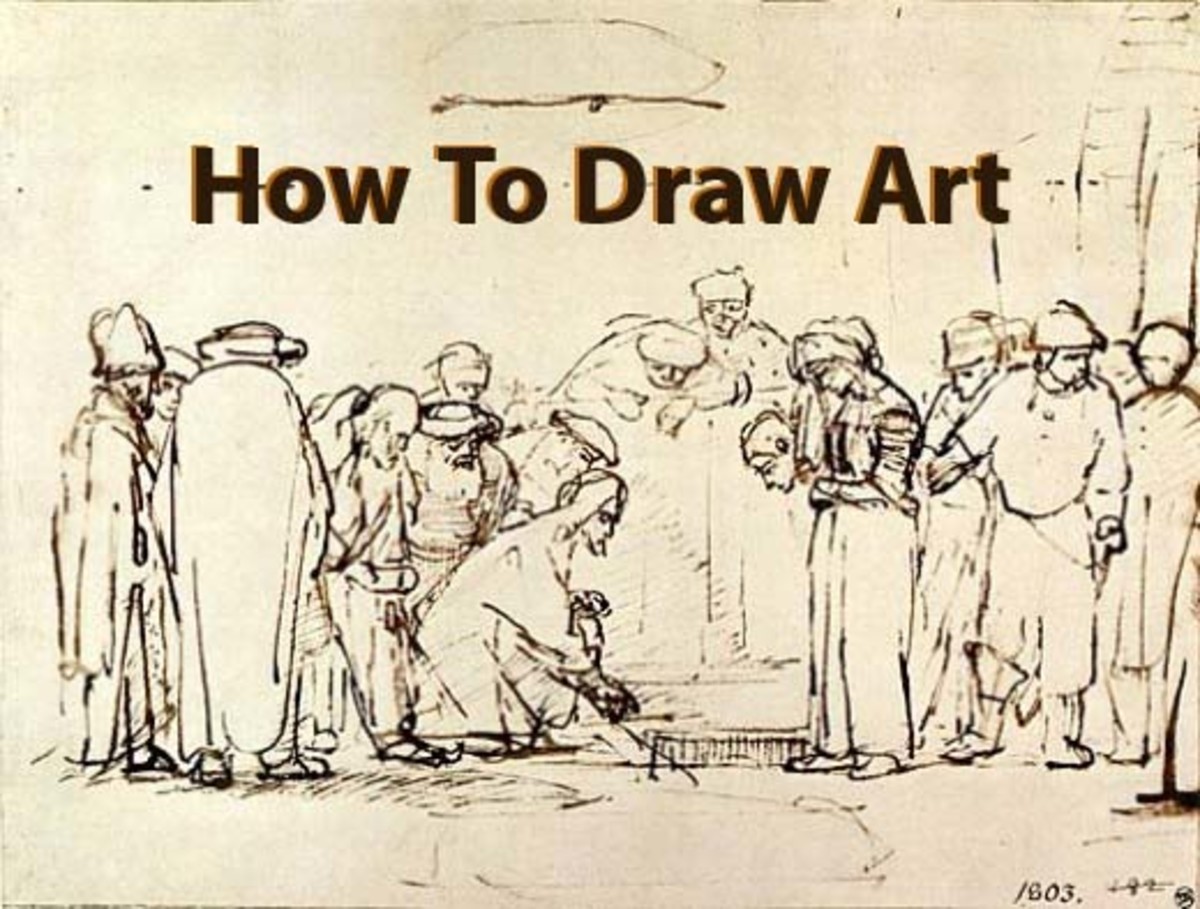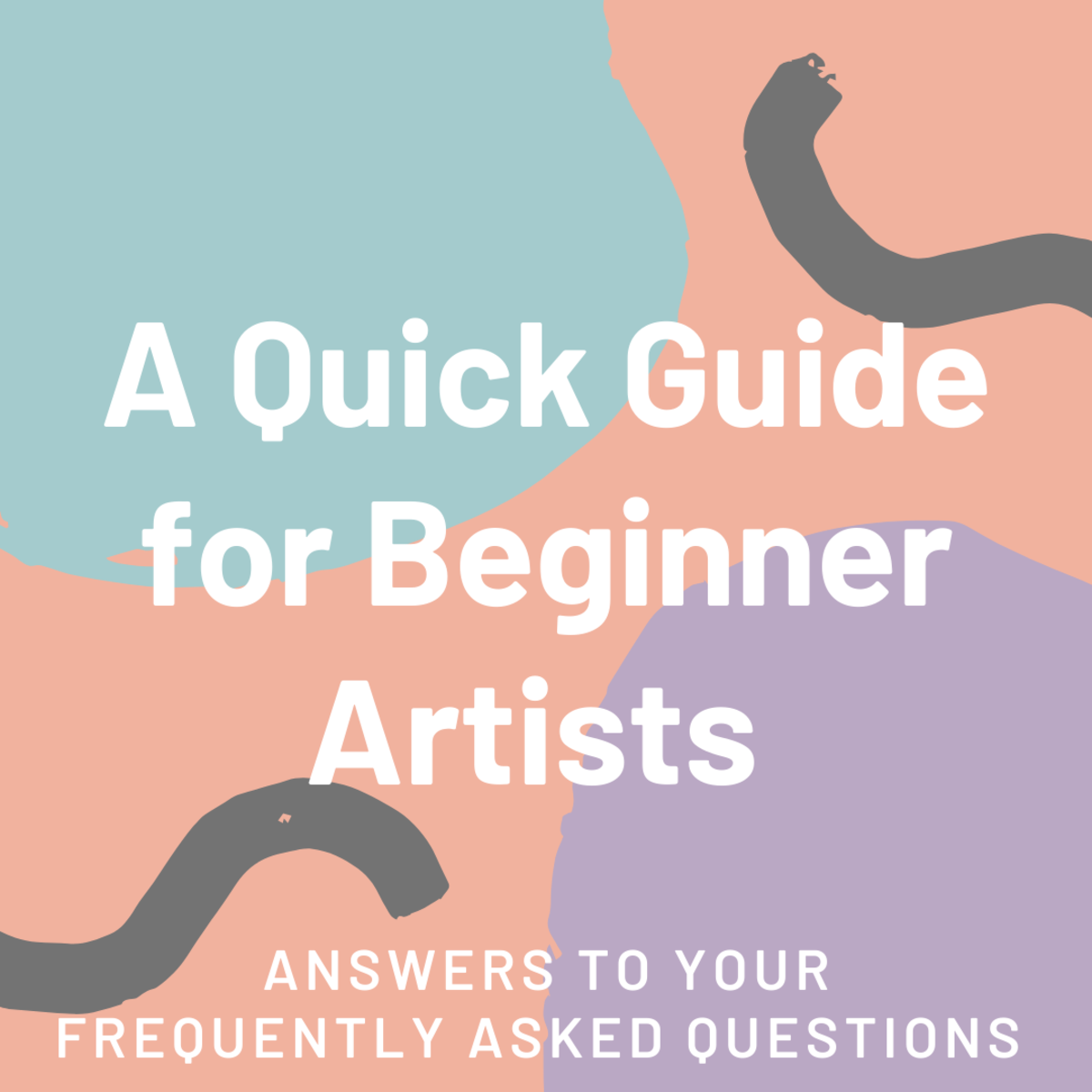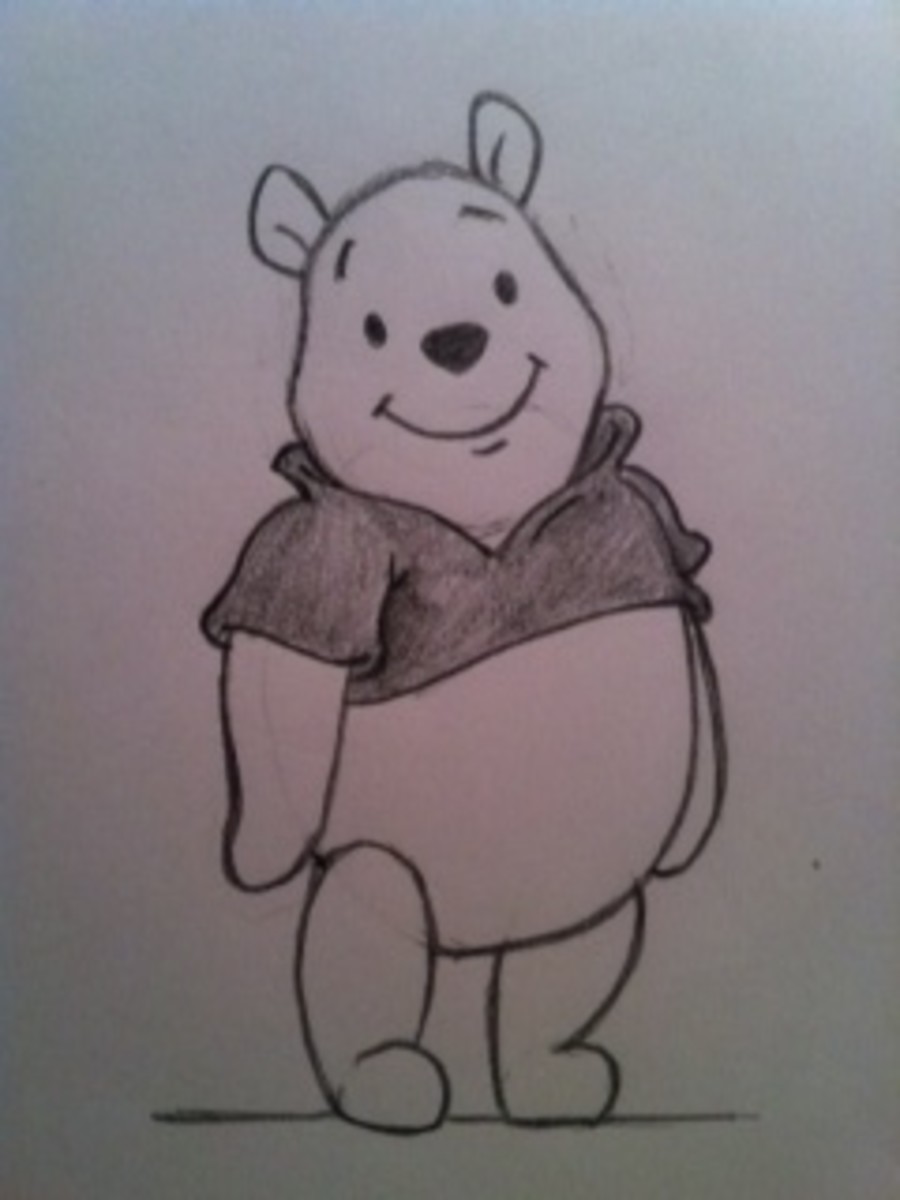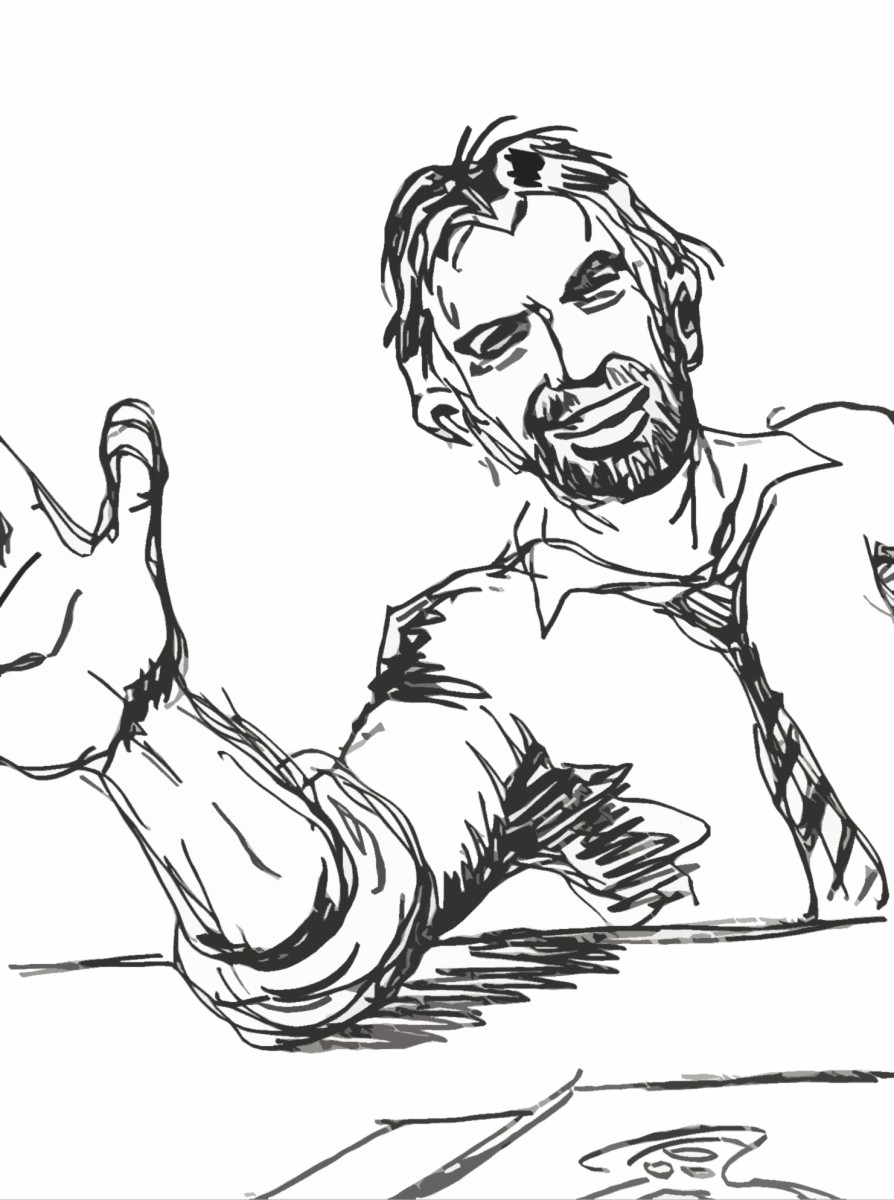- HubPages»
- Arts and Design»
- Drawing»
- Drawing Tutorials
how to draw: stages for beginners
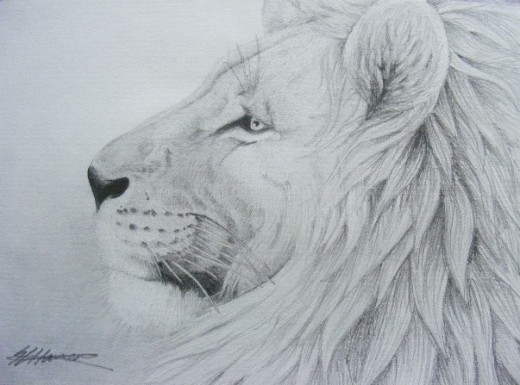
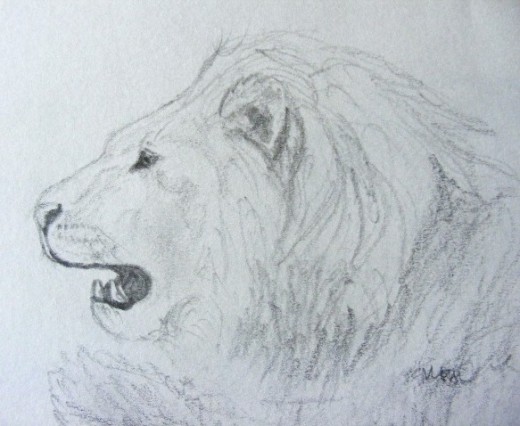
Learning how to draw is suprisingly easy, (it is NOT the mysterious process that only the gifted-born few can do!) yet all too often I hear other people putting themselves down by saying that they could never draw like I do! I have been drawing, sketching and painting since I was a child though and so am obviously quite practiced, but anyone with the right instruction could easily catch up with me!
I think the main problem for most people is that most art courses expect people to have a certain degree of practiced artistic skill, and are full of complicated terms or expect you to have your own studio of supplies! This is why in the end I decided to create an e-book for beginners called, wait for it: Learn to Draw! The idea was to reach people who thought they might never be able to draw and change them into confident, developing artists!
So if you are a beginner, (or even a pre-beginner whose stick-men go wrong!) don't worry! We all have to start somewhere, whatever it is we happen to be learning! You didn't sit in the drivers seat of a car for the first time and drive it perfectly did you? Below I have outlined the main stages, borrowed from my e-book, that you will need to master in order to learn how to draw...
Stage 1: Relax!
A calm, positive mind goes a long way when it comes to learning a new skill. You don't want to end up messing up and feeling frustrated as you're less likely to bother to try next time! I have even suffered from anger and frustration with myself when I was learning, and screwed up bits of paper when I should have just taken 5mins to have a break! If you need a little help with your own positivity have a look at my other hub Learning attitude: Positive Thinking & Confidence, to which I have included a link at the bottom of the page.
Stage 2: Learn to control that hand!
Even if you have absolutely perfect handwriting, you will still need practice sketching and moving your hand in a 'free flow' motion. Sorry if I've used some terminology there! 'Free flow' is basically just moving without planning, in other words you don't plan to draw a circle but just go ahead and let your hand draw one! This is the key to putting what you see with your eyes onto the paper! Often people know what they want to draw and have an idea as to how they should go about it, but when the hand stays stiff and rigid it just doesn’t happen. The wrist MUST be mobile and relaxed, and this level is easily obtained from practicing some free flow sketching. I find doodling the best way, and it stops it from becoming too dull!
Stage 3: Sketching lines and circles
Once you have a nice mobile wrist you need to get the hang of sketching straight lines and circles. It all sounds a bit boring at the moment I know, but you need to learn the basics before you attempt anything too complicated else you lose the confidence to keep trying! Bear in mind that to draw a line is to do it in one sweep, to sketch is to go lightly in a series of strokes. The idea behind sketching straight lines is that you because you don't have to draw the line in one go, you are more likely to be able to aim for specific points on the page without going astray. So build your line out of a series of shorter lines that are easier to control, this way you can achieve a long line or even start to put angles into it without ruining it by a jog, twitch or slip of your pencil!
Stage 4: Understanding perspective
Understanding wah?! A lot of people struggle with the idea of perspective at first, it is both a concept that defies logic but also one that we live with and use everyday! The point is that something in the distance APPEARS smaller that something close by, which includes things like the top of a building APPEARS much narrower than the bottom part that you are stood by. I have again written another hub Finding your Artists Eyes: Perspective that covers this topic in more detail!
Once you understand perspective you need to practice using it, by drawing an easy object like a box or cube. The same principals apply to objects whose far ends are only a couple of inches away, and this is how a square can turn into something 3D! Think about how the angles APPEAR to change direction, despite your KNOWLEDGE that they don't! You must draw what you see, not what you know is there.
Stage 5: Shading
In order to make your drawing really leap from the page, you will need to apply some form of shading. This defines areas of shadow and misses areas of highlight that trick your eyes into believing that the object is really there. To know where to put the shadows etc you need to know where your light source is, like the sun, a lightbulb or a window. There is also a couple of techniques for shading, and I often end up using a combination of them both, which are 'direct shading' and 'cross hatching'.
Direct shading is using the pencil in back and forth movements in constant contact with the page, like you are colouring in the area. Of course the different shades from black to grey are obtained by how hard you press the pencil. Cross hatching is where you use separate lines drawn next to each other to indicate an area of shade, you can build on the lines by drawing some in the other direction over the top of the first set to trick the eyes into thinking that the area is darker.
Stage 6: Development and practice
Once you have reached this stage, it is just a case of practicing and trying new objects. You will eventually be able to instinctively translate angles onto paper and shade the correct tones!
My e-book goes into a lot more detail on each step than I have written here of course, it is 26 pages of instructions, explanations and pictures separated into 11 sections! I also have sections that show you how to plan a compilation picture, how to draw 3D rounded objects, how to draw a perfect circle without a compass and also how to achieve various textures amongst many more. For more information go to http://learntodraw.weebly.com
Links to my othe Hubs & the e-book site
- Learn How to Draw step by step - Learn to Draw Home
Learn to draw step by step - Learning attitude: positive thinking & confidence
Tips and advice for how to change your learning attitude for the better so you can acheive your goals and gain confidence through positive thinking. - Finding Your Artists Eyes: Perspective
Learn how to understand angles and the illusion of perspective for better, more realistic 3D drawings. - Arts & Crafts - Home
Find tips & hints for arts & crafts projects. Learn how to draw & paint.


